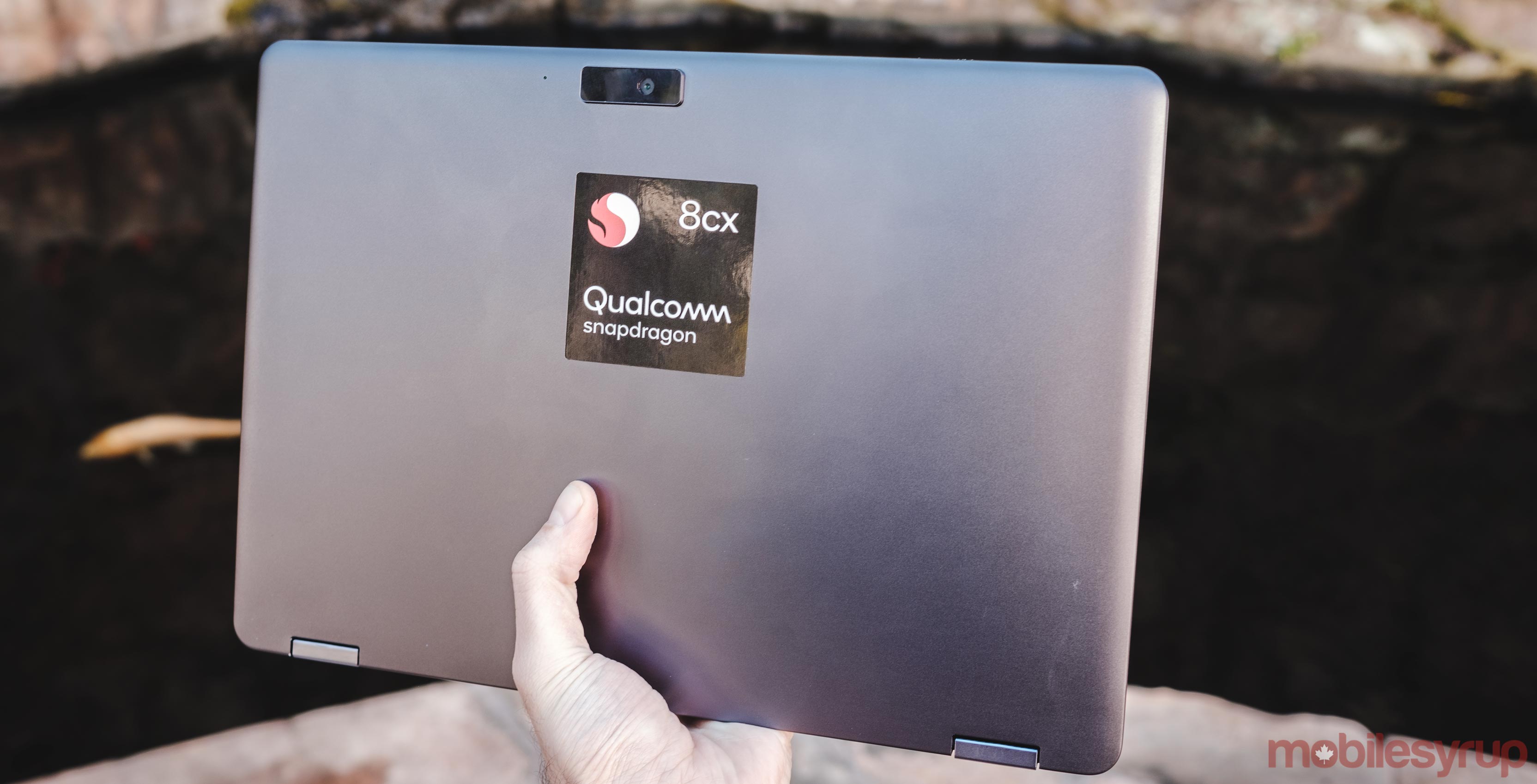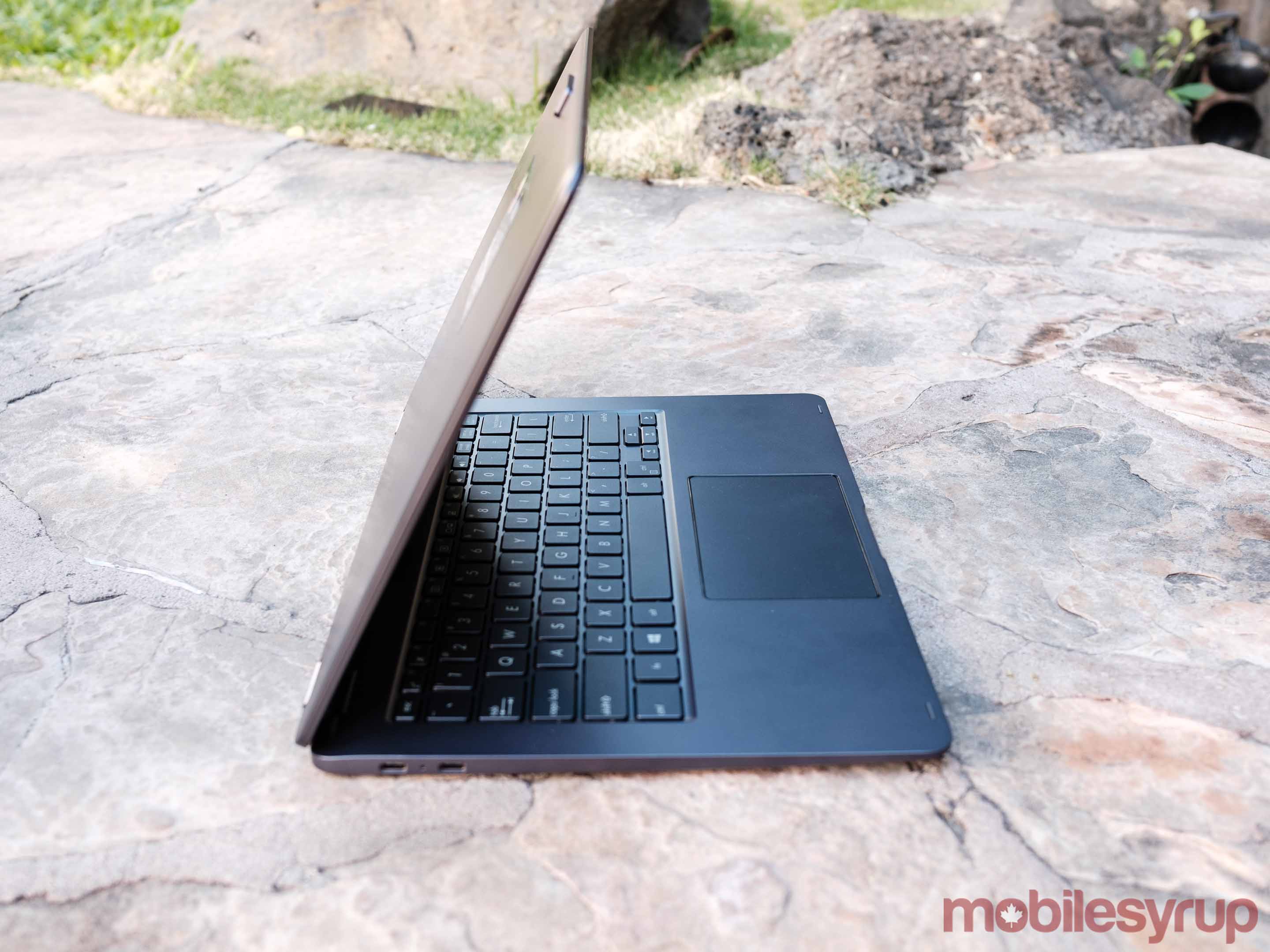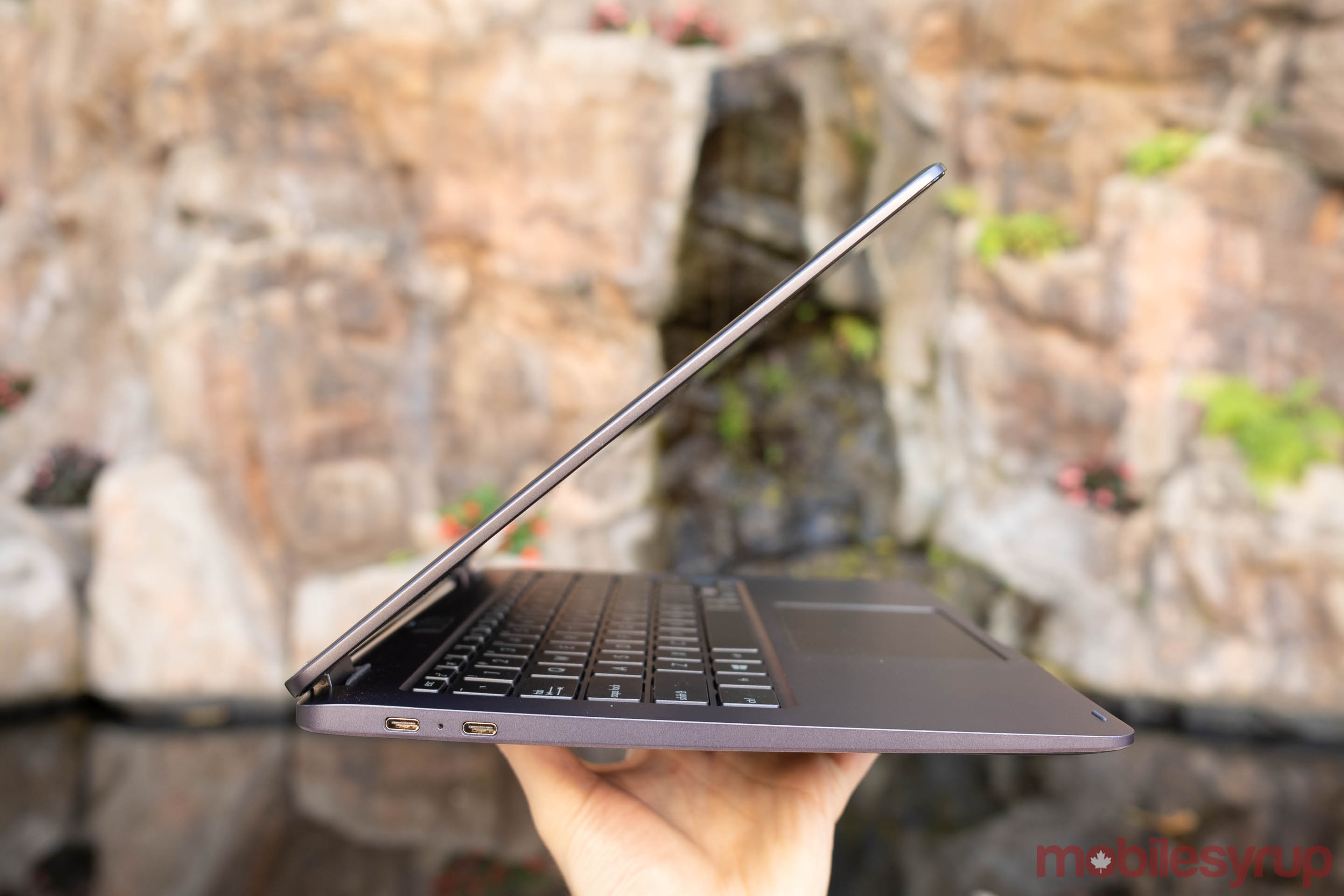
Qualcomm has a lot to prove with its new Snapdragon 8cx chipset.
For all of the company’s frequent bluster, it’s fair to say its previous always-on, always-connected chipsets haven’t panned out as planned. With only five such devices released to date, the platform hasn’t been a hit with consumers — and that’s despite boasting compelling features like multi-day battery life and LTE connectivity.
A lot of that has to do with the type of performance the company’s previous chipsets were able to output. Even for simple computing tasks, the Snapdragon 835 and 850 weren’t a good fit.

Enter the 8cx
It’s the first chipset Qualcomm has designed from the ground up to work solely on PCs — with its past two always-on, always-connected chipsets, Qualcomm adapted its Snapdragon 835 and 845 mobile chipsets. The result is a chipset that features, at least on paper, significantly improved CPU and GPU performance. For instance, in relation to GPU performance, Qualcomm said the 8cx’s Adreno 680 Extreme is three-and-a-half times faster than the 835’s Adreno 540.
Performance is one of those aspects of a device that almost impossible to judge accurately in a hands-on. To make matters more complicated, Qualcomm didn’t show off a device that’s going to ship with the 8cx. Instead, it showcased a reference design. That it’s to say, it’s really not worth talking about the design or ergonomics of the device since it will never ship to consumers. 
Still, what Qualcomm showed off was impressive.
In a hands-off demo, a Qualcomm employee showed the reference design PC running multiple tabs across two browsers — native ARM64 versions of Chrome and Firefox. They then edited a photo in Lightroom and then did further tweaks on Photoshop. Throughout all this, the 8cx didn’t chug.

For me, this was the most impressive part of the demo as both Lightroom and Photoshop are an essential part of my daily workflow at MobileSyrup.
In addition, the company showed the 8cx running two 4K external displays.

It wasn’t much, but I left the hands-on cautiously optimistic that the 8cx will deliver on all the company’s promises.
And if the 8cx convinces companies like Microsoft to use it in their next-generation devices, the always-on, always-connected trend might finally catch on.
MobileSyrup may earn a commission from purchases made via our links, which helps fund the journalism we provide free on our website. These links do not influence our editorial content. Support us here.


